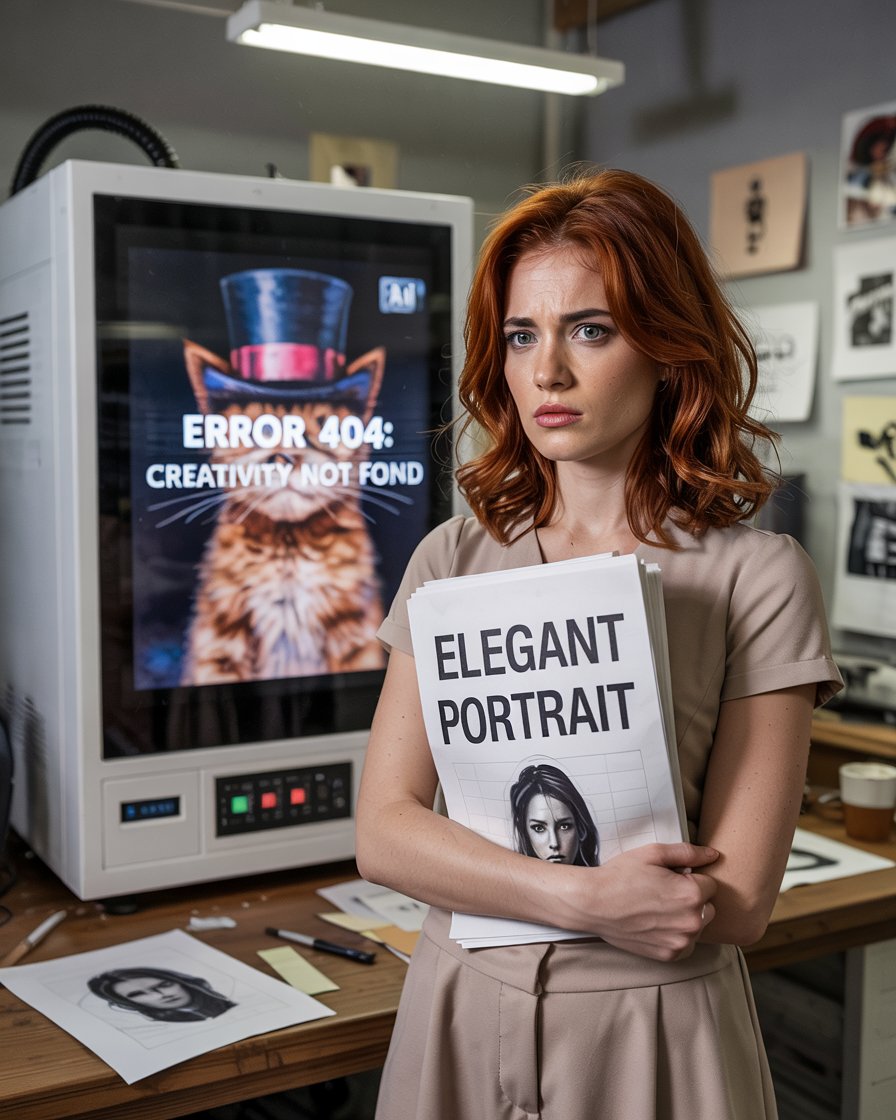- By Promotica
- April 29, 2025

AI image generators, especially those based on generative models like GANs or diffusion models (e.g., DALL·E, Stable Diffusion), sometimes make mistakes—particularly with human eyes, fingers, and other fine details—because of a few key reasons:
1. Training Data Imperfections
AI learns patterns from massive datasets of images and their descriptions. If the data contains:
distorted images,
inconsistent poses,
hands or eyes that are partially obscured, then the model might “learn” incorrect or unclear representations.
2. Complexity of Human Anatomy
Fingers and eyes are very small, complex, and variable in shape, lighting, position, and proportion:
Hands often overlap or are in unusual poses.
Eyes need symmetry and alignment to look realistic. Small errors in these areas are very noticeable to humans, even if the rest of the image looks great.
3. Lack of True Understanding
AI doesn’t “understand” anatomy—it generates patterns based on probability. It might:
add extra fingers because more fingers seem “plausible” in its learned patterns,
misplace pupils or deform eyes because of mixed signals in the data.
4. Resolution and Detail Limits
Earlier stages of image generation often create a low-resolution version and then “enhance” it. In these upscaling stages, errors can be introduced in fine details like:
the number of fingers,
exact eye position, especially if the AI is guessing to fill in gaps.
5. Prompt Ambiguity or Lack of Detail
If the user prompt is vague or lacks clarity (e.g., “a person smiling”), the AI may generate something that looks roughly right, but not anatomically accurate.
